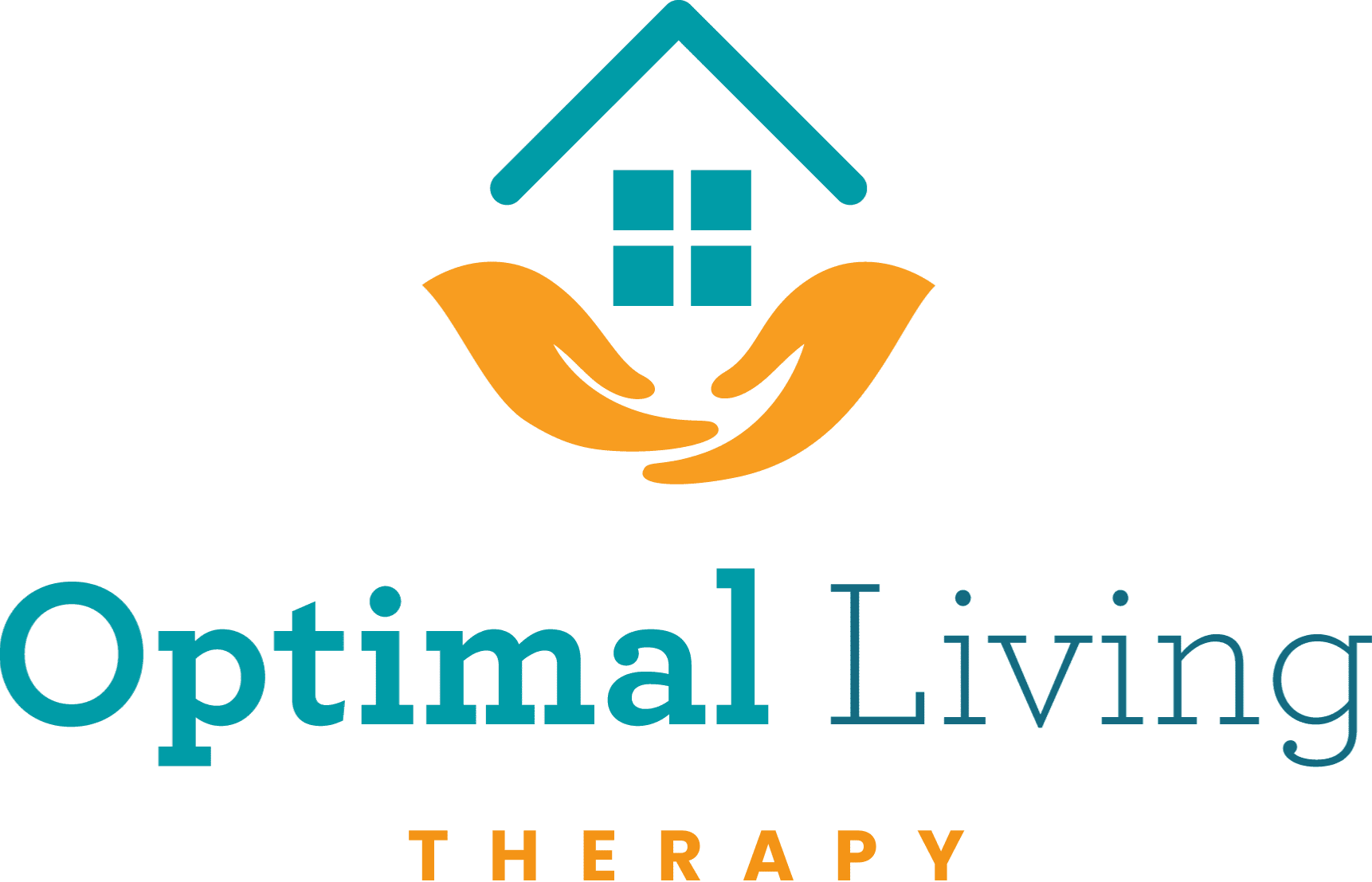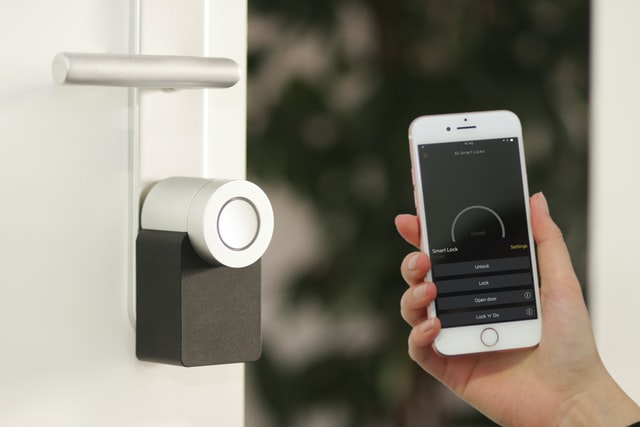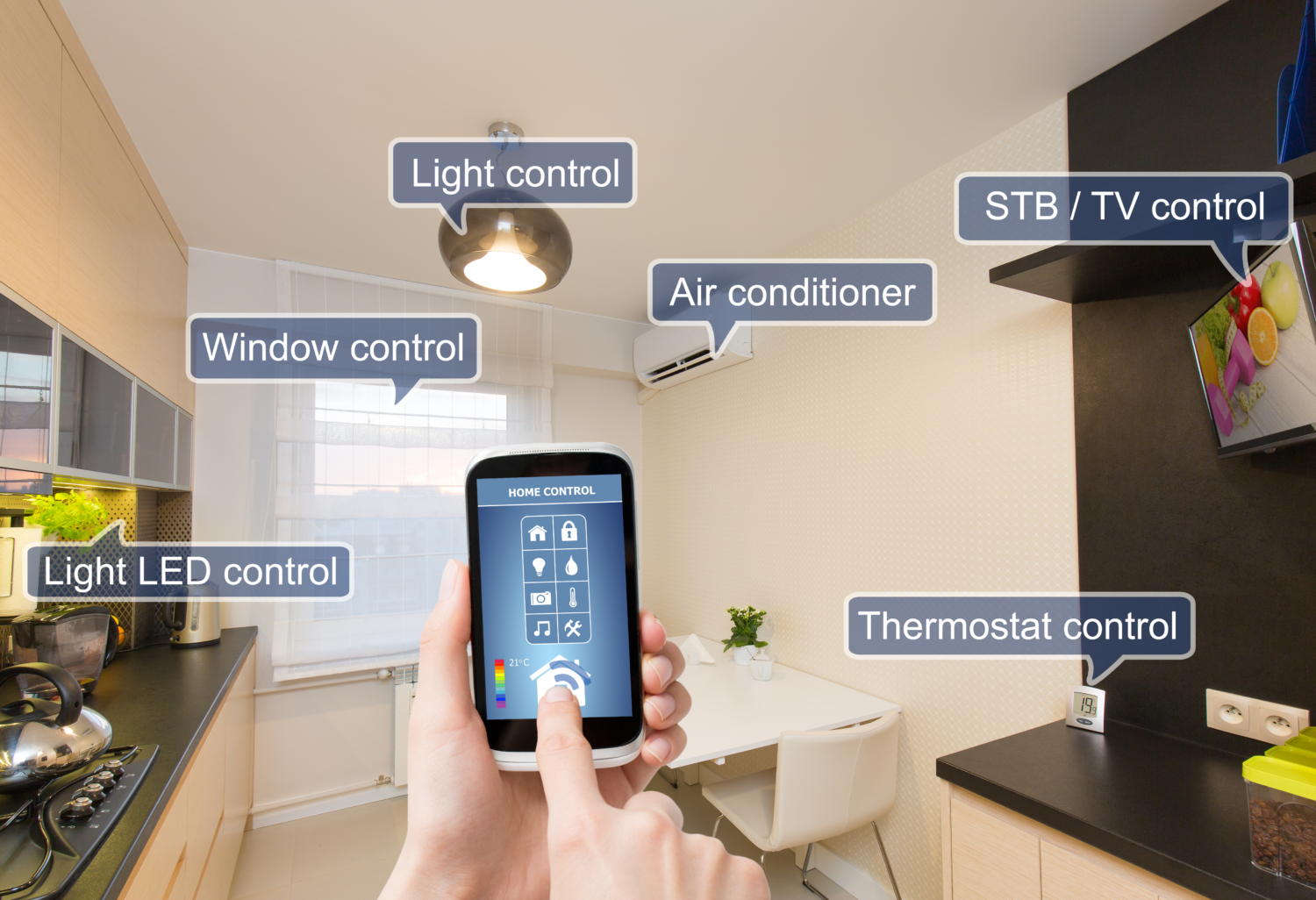John was previously living in an ‘accessible’ government property where he had limited control over his environment. The house was old and it’s accessibility was retrofitted and therefore, limited in its effectiveness particularly given John’s his physical limitations since he acquired a spinal cord injury and became a C4 quadriplegic 8 years ago.
Because of the level of his disability John could apply for a much more custom solution to meet his needs in Specialist Disability Accommodation (SDA) through his NDIS plan, let’s explore how the design features of SDA and technological advancements have transformed John’s life and empowered his independence.
As a person with C4 quadriplegia, John experiences significant mobility and functional limitations. He relied on others for most daily activities, beyond the essential tasks of getting out of bed, having a shower, going to the toilet and eating, John also relied on others for tasks like opening doors, adjusting blinds, and controlling lights. This lack of independence affected his sense of autonomy and hindered his ability to engage fully in his living space.
The solution? SDA and a comprehensive automation system that incorporated features such as door control, blind automation, and smart lighting.
Door control: By integrating automated door control, John gained the ability to independently open and close selected doors in his home. With the touch of a button or voice command, he could navigate through doorways, enter and exit his room, and most importantly to John, see who was at the door when the doorbell run, speak to them, and let them in.
Blind automation: The installation of automated blinds allowed John to effortlessly adjust the window coverings in his room. With a simple voice command or a remote control, he could regulate the amount of natural light and privacy according to his preferences, fostering a greater sense of control over his environment.
Smart lighting: The lighting installed enabled John to control the lighting levels and ambiance in his home. With voice commands or smartphone applications, he could adjust the brightness, colour, and timing of the lights, creating personalised lighting environments to suit different activities or moods.
The integration of high physical support design features and automation systems had a profound impact on John’s life:
Increased independence: The ability to control doors, blinds, and lighting independently significantly enhanced John’s sense of autonomy. He no longer had to rely on others for these basic tasks, and he could freely move within his living space with ease.
Improved quality of life: The newfound control over his environment empowered John to customise his surroundings to meet his specific needs and preferences. This control over lighting, privacy, and accessibility contributed to his overall comfort and well-being, fostering a greater sense of contentment and satisfaction
Enhanced participation: With the automation systems in place, John was able to actively participate in various daily activities. Whether it was opening doors to welcome visitors, adjusting blinds for privacy during personal time, or setting the lighting to create a relaxing ambiance, he was able to engage more fully in his environment and express his personal preferences.
Through the integration of high physical support design features and automation systems, John experienced a life-changing transformation. The newfound independence and control over his environment empowered him to navigate his living space with ease, personalise his surroundings, and actively participate in various activities. This case study highlights the profound impact that assistive technologies and automation can have in promoting independence, improving quality of life, and fostering a sense of empowerment for individuals with disabilities.




